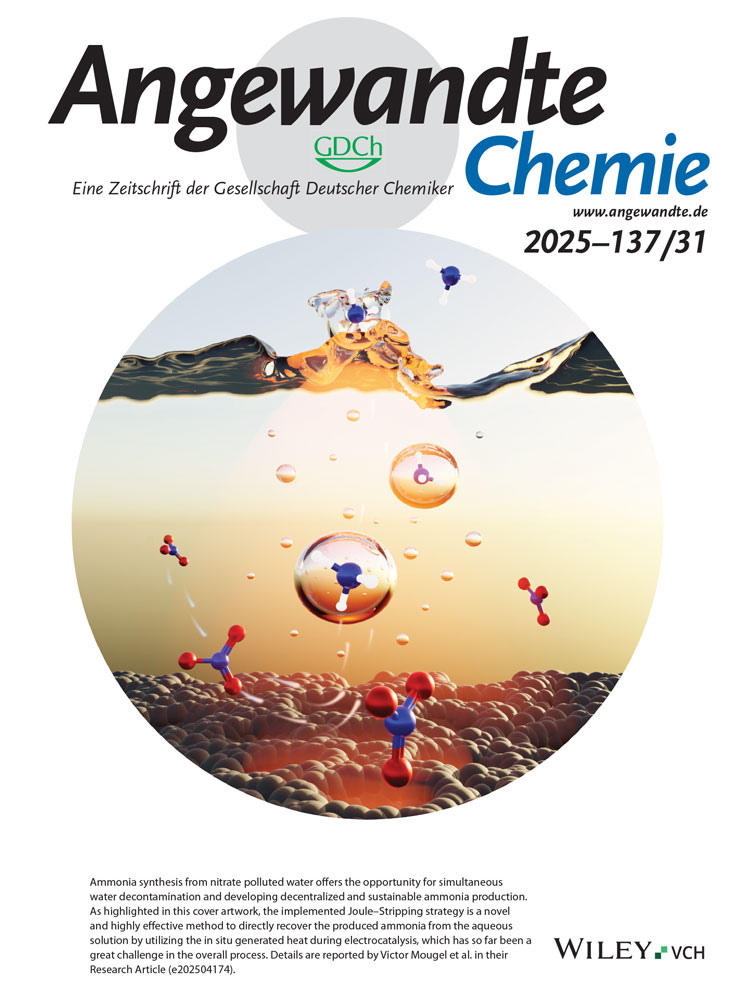Ruthenium Complexes Carrying Hydride, Dihydrogen, and Phosphine Ligands: Reversible Hydrogen Release†
This work is supported by the CNRS and the European network IDECAT.
Graphical Abstract
Was frei sein will, soll frei sein: Der Bis(diwasserstoff)-Komplex 1, der durch zwei Tricyclopentylphosphanliganden (PCyp3) stabilisiert wird, kann bis zu zehn Wasserstoffatome freisetzen, was letztlich zu dem neuen Komplex 2 mit nullwertigem Ruthenium führt. Diese einfache Wasserstoffabspaltung ist vollständig reversibel. Im ersten Schritt der Dehydrierung entstehen mehrere Dihydridisomere der Formel [RuH2{(PCyp2(η2-C5H7)}2].





